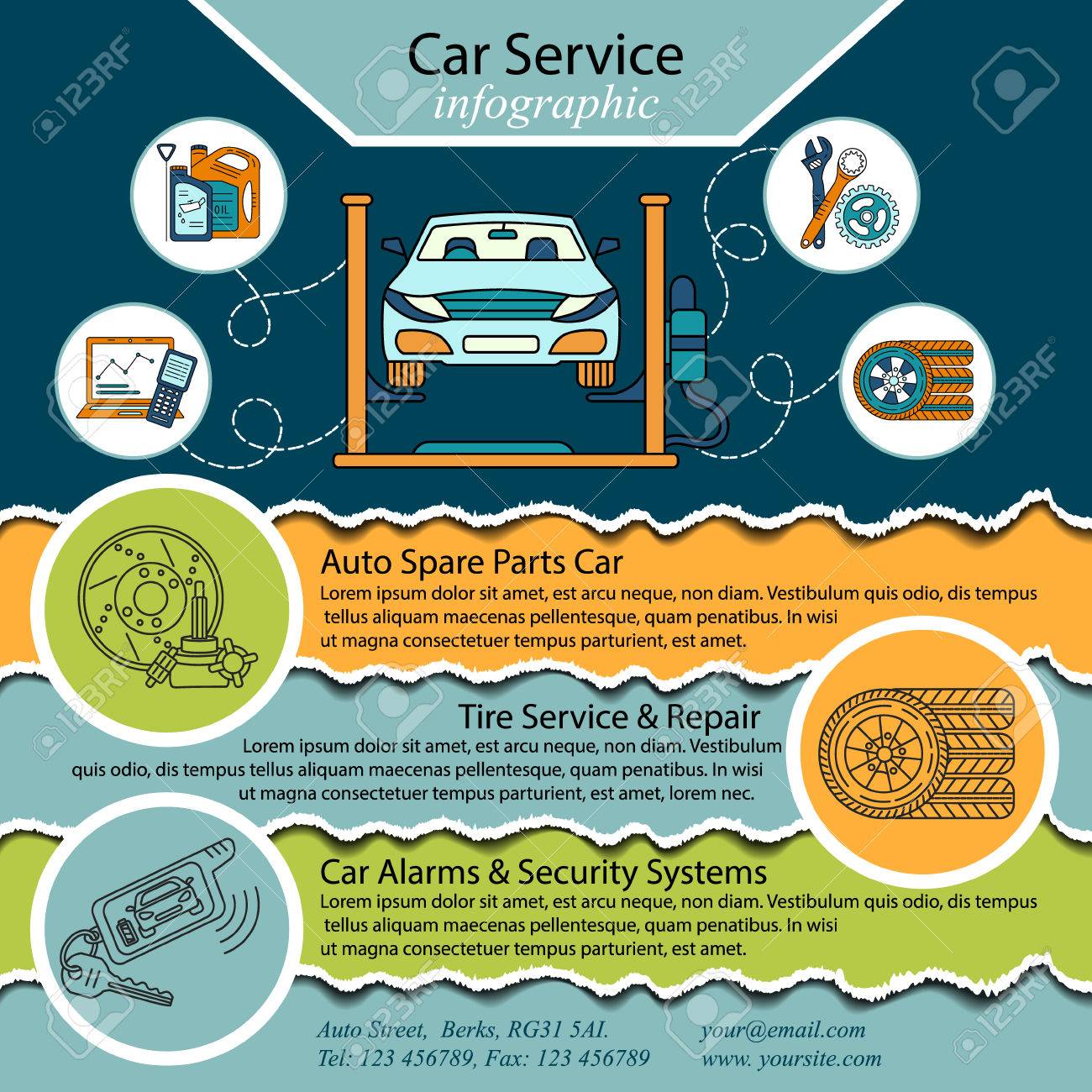When you lag the wheel, those little caution lights on your cars and truck's dashboard can be quite bewildering. What do they indicate, and should you be worried? Comprehending these signals is important for your lorry's well-being, yet it doesn't have to be a challenging task. By deciphering the secret behind each light, you'll be outfitted to manage possible issues efficiently and keep your cars and truck running efficiently. So, following Suggested Reading , don't panic - arm yourself with knowledge and take control of the situation.
Significance of Cars And Truck Caution Lights
Understanding the relevance of your vehicle's warning lights is important for keeping your vehicle's health and wellness. These lights serve as your vehicle's communication system, notifying you to prospective problems that could jeopardize your safety and security when traveling or result in pricey repair services if ignored. By paying attention to these cautions, you can address problems early and avoid more damage to your vehicle.
Disregarding warning lights can lead to significant effects, such as engine failure, brake malfunctions, or even crashes. These lights are designed to notify you of concerns varying from reduced tire pressure to engine breakdowns, giving you the chance to do something about it prior to the scenario intensifies. On a regular basis examining and recognizing these cautions can conserve you time, money, and guarantee your safety and security while driving.
Along with keeping you secure, reacting without delay to alerting lights can likewise assist extend the life expectancy of your car. By attending to concerns beforehand, you can prevent tiny troubles from escalating into major fixings, inevitably conserving you money and time in the future. Keep in mind, your vehicle's warning lights are there for a reason - don't ignore them!
Common Warning Lighting and Meanings
When it comes to driving your vehicle, knowing typical caution lights and their significances is important for your safety and automobile upkeep. Here are a few typical caution lights you may experience:
1. ** Inspect Engine Light **: This light indicates a problem with your engine. It could be something small like a loose gas cap or something a lot more major like engine misfiring.
2. ** Battery Light **: This light signals a problem with your car's billing system. It can show a faulty battery, generator, or other associated elements.
3. ** Oil Pressure Light **: When this light comes on, it indicates your engine may be running low on oil or experiencing low oil pressure, which can result in engine damage otherwise attended to quickly.
4. ** Brake System Light **: This light suggests an issue with your braking system. It could suggest low brake fluid degrees or a trouble with the brake system that requires immediate focus.
Understanding these typical warning lights will certainly help you identify potential problems beforehand and avoid even more significant issues later on.
Just how to Respond to Caution Lights
In the event that a warning light illuminates on your car's dashboard, it's essential to respond promptly and appropriately. When a warning light comes on, the first step is to consult your owner's manual to recognize the certain concern shown by the light.
Some lights call for prompt attention, while others may show a much less urgent matter. If the warning light is red or flashing, it's normally an indicator of a significant problem that needs immediate action. In such instances, it's a good idea to pull over safely, turn off the engine, and seek specialist help.
For yellow or orange warning lights, while they might not call for immediate interest, it's still vital to address the hidden concern quickly to avoid further damage. related webpage and evaluation can assist stop advising lights from beginning suddenly.
Final thought
In conclusion, recognizing your vehicle's caution lights is critical for preserving your lorry's health and safety. By routinely inspecting and reacting to these cautions, you can resolve possible concerns early and prevent pricey repairs or security risks. Bear in mind to consult your proprietor's guidebook for details on various caution lights and constantly take instant activity for red or blinking lights. Stay proactive and keep your auto running smoothly!
